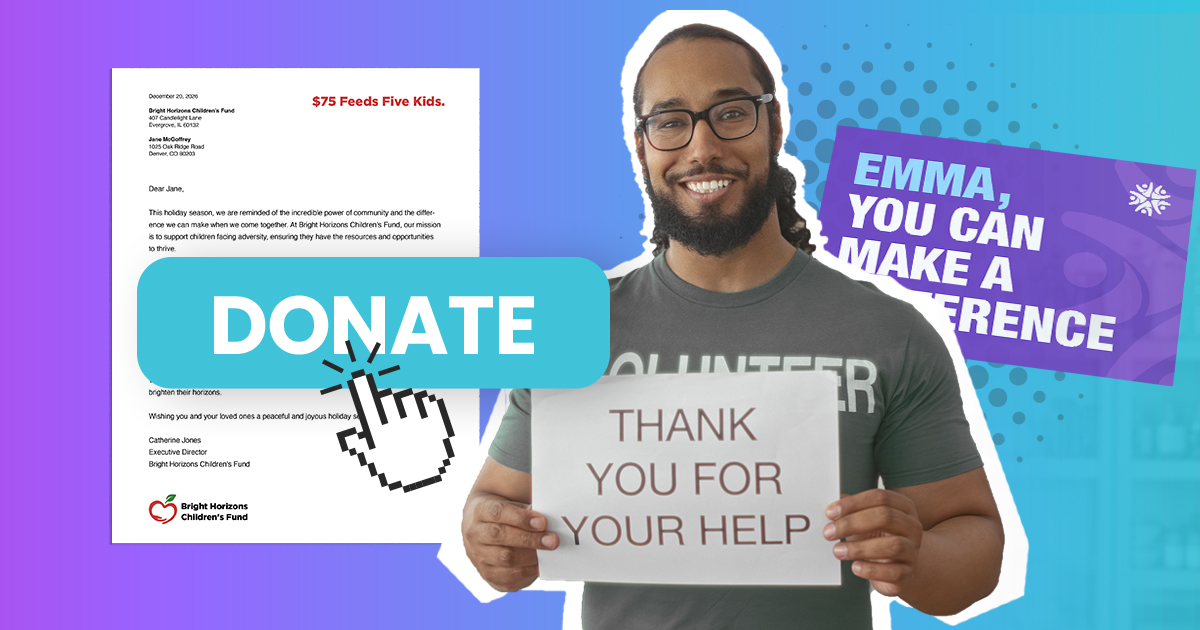
Roundtable Part 4: How To Level Up Your Mailbox Mojo
Expert Strategies to Optimize Direct Mail and Make Every Connection Count

Recently, Jennifer Bellin, CMO of PFL, led a Roundtable on how to transform direct mail programs into memorable moments that bridge the gap between your brand and your audience. (Bellin was a PFL customer at two previous companies, including Paycor, one of companies that took part in the event.) The expert panel shared their experience and tips for using mail to drive engagement across the customer lifecycle and foster lasting connections. The Roundtable transcript has been edited and trimmed for clarity.
We’ve broken this in-depth discussion into five parts:
- How Did It All Start? & Priorities and Goals
- Trends: Meaningful Connections
- Getting Personal
- Measure for Measure
- Acting Mature
The other Roundtable panelists were:
Gretchen Swann, Senior Principal Marketing Program Manager at Paycor, leverages direct mail in a highly automated and scalable way across a number of different use cases and departments.
Rob Willingham, Director of Marketing at LexisNexis, has been leveraging, testing, and refining direct mail campaigns, which target attorneys, for a number of years.
Paul Bobnak, Direct Mail Evangelist at Who's Mailing What, has worked for more than 20 years analyzing thousands of direct mail pieces every year. He is a deep industry expert and creator and host of Meet the Mailers, a podcast series.
PART 4: MEASURE FOR MEASURE
Bellin: What great stories. Thank you for sharing all of those. Now let’s transition into measuring. A common misnomer is that direct mail isn't measurable. I hear that all the time. But it’s far from true, especially if you have the right technology and the right tactics. Then you can make it very measurable. So, Paul, from your perspective, what are some ways that marketers can measure the performance of their direct mail campaigns?
Bobnak: Well, Jennifer, direct mail is the original direct response medium. For years, the options available were mail or maybe phone for replies to offers. Technology has changed all that, especially in the era of mobile devices. Today there's phone-tracking software, there’s PURLs, there's basic URLs, and of course my favorite, QR codes. Unfortunately, it took the pandemic to get people to use QR codes, to understand how to position them properly on a direct mail piece.
Bellin: You’re absolutely right. Gretchen, Rob, how do you measure the impact of your direct mail?
Swann: From our perspective, Salesforce is basically the CRM system for all of our campaigns. We actually are able to do some pretty good tracking when it comes to the impact of our direct mail programs on bottom-line results. We're able to track how many appointments the reps were able to schedule from those different campaign responses, and then, ultimately, the bookings. We can also pinpoint the dollars we get from them, which gets us to a pretty clear ROI number for our direct mail programs.
Willingham: We’ve just recently integrated with our CRM, so we'll have some of those campaign member attribution pieces going forward when we send out campaigns with direct mail.
I do what's called a “reverse pilot.” Early on when I did a pilot, I would say, okay, I'm going to take a small state or segment a hundred accounts and work with sales. I’d ask, "Okay, how are you defining success? What does success look like?" They would tell me, "We want an opportunity each." So, I sent 82 packages out and I did a little personalization. With this pilot I got five opportunities in two weeks with average order value (AOV ) of about thirty to fifty thousand dollars. I could forecast what it was going to look like, and that was the basis of how I proposed to leadership. If I go national with this kind of program and send to a thousand accounts and my conversion rate stays the same, well, you can imagine what would happen.
After you do this a few times, you get a good baseline for your industry or customer. Here’s the formula: “number of opportunities it's going to create” multiplied by “the AOV” multiplied by “your win rate.” That should forecast your revenue. And then you compare that revenue projection against your all-in costs, and that's where you get ROI. So that's a way to measure it if you don't have everything integrated into Salesforce.
Swann: Interesting. I'll quickly build on that for those of you who might be measuring some of this within a Salesforce or a CRM. We definitely rely on A/B testing, too. Even though we're able to track each campaign response back to a direct mail piece, I still want to have a broader understanding. Since we're using so many other channels beyond direct mail, we want to know if that direct mail piece, itself, is having an impact on those deals closing or getting that appointment. We also do testing. We have a list of criteria for which people will qualify to receive a direct mail. I'll have half of the people who qualify receive it and half not. Then we are able to measure whether the people who received the direct mail piece generated more appointments for sales and did that, ultimately, also lead to better close rates?
And what's interesting is, the couple of times we’ve done those tests, we really saw a consistent increase across the board. We see an increase in both the number of appointments we're able to generate, plus what the increase was in the close rates. That's helped us build a strong case to increase investment in direct mail because we were showing that, though we have other channels to communicate through, being able to integrate that direct mail component really made an large impact across the board for pipeline generation.
And at PFL we can help you with all of this, of course. We have experts and technology that can help you simplify, personalize, drive engagement, and measure results at scale.
Want to learn more? Set up a time to meet.
Next time, Part 5: Acting Mature
Previously, Part 3: Getting Personal



